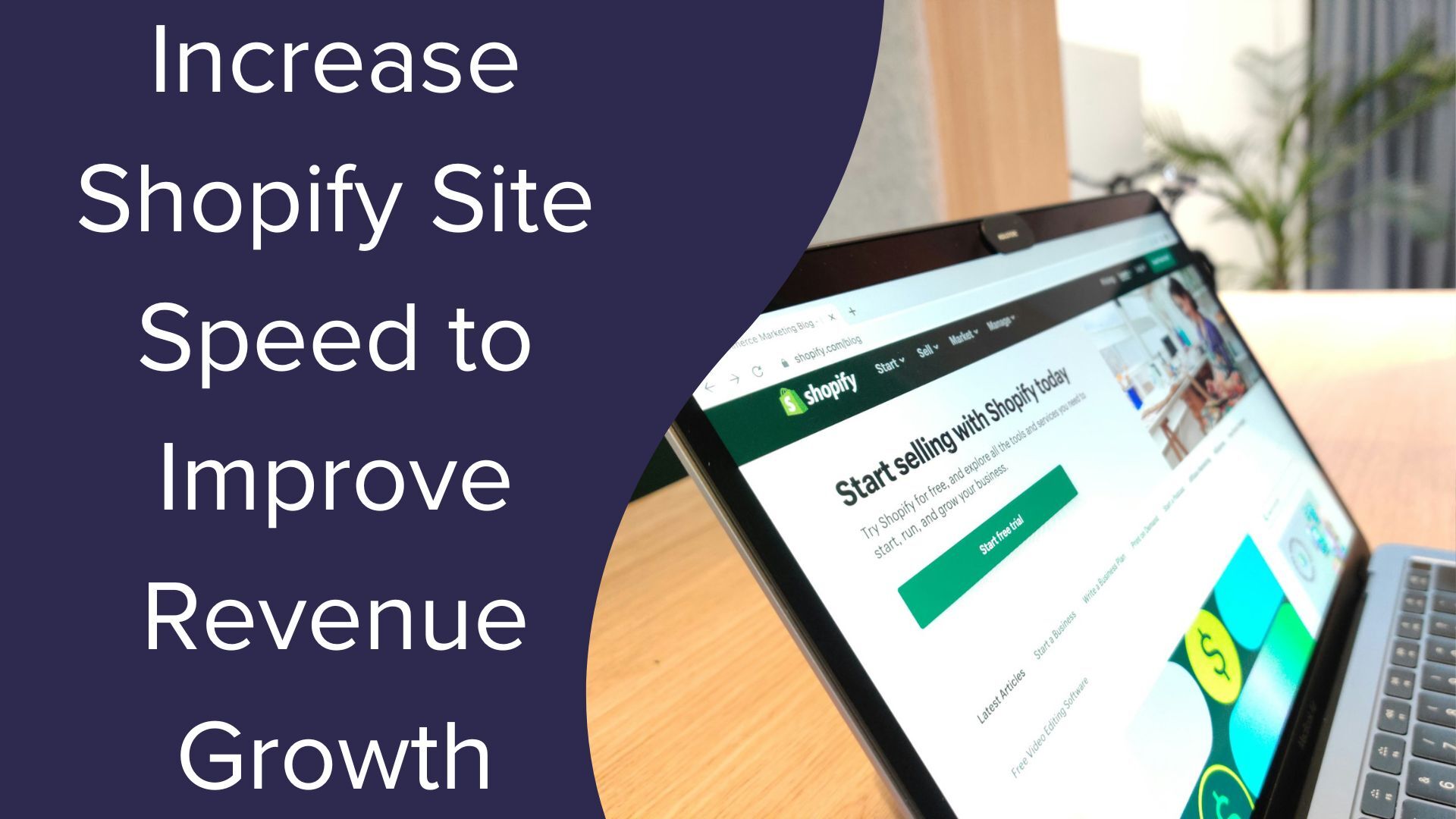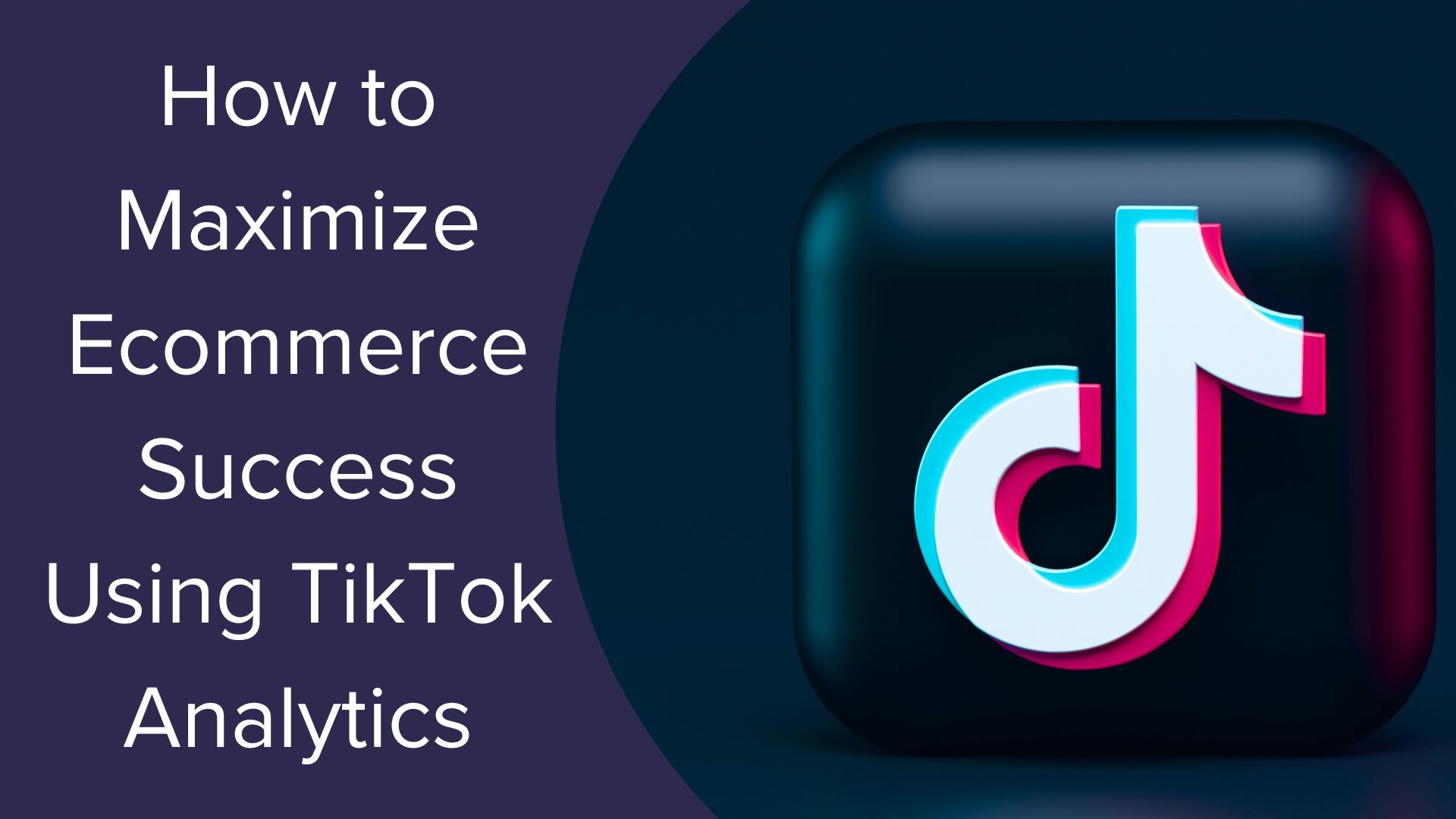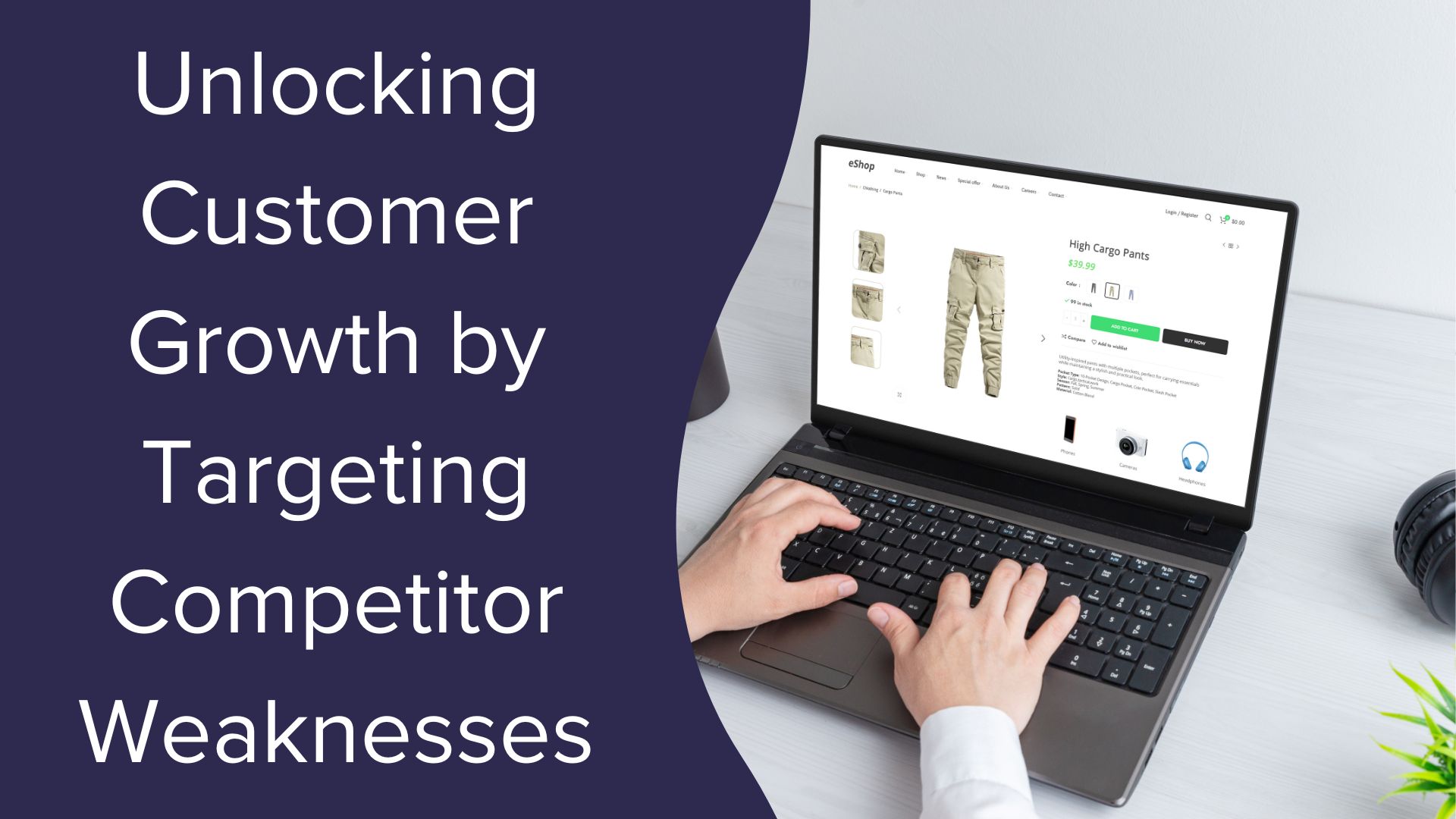Leveraging iOS 17 for Enhanced eCommerce Holiday Strategies
Arjun Jolly, Co-Founder of adQuadrant was joined by industry experts Adam Robertson (CEO & Founder, Retention.com), Tom Coburn (CEO & Founder, Jebbit), and Zach Rego (SVP of Revenue, Triple Whale) to discuss the upcoming iOS 17 rollout and its impact on digital marketing.
TL;DR
- Develop a consistent tracking structure and UTM naming conventions for all campaigns and channels
- Explore server-side tracking options, such as first-party cookie pools, to improve email signal and optimize email flows.
- Focus on obtaining first-party data, treating customers with respect, and obtaining consent to ensure success in the face of tracking and privacy changes
- Invest heavily in creative strategies and continuously test messaging to maximize success and adapt to the evolving landscape
- Explore how successful brands are leveraging data from quizzes and implementing personalized communications
- Consider using data from your social creatives to form better audience targeting for paid social campaigns
- Collect more data directly from customers through quizzes, surveys, or interactive content to build a stockpile of information
- Start building audiences now for Black Friday and Cyber Monday promotions using cohort analysis and segmentation
- Pay attention to changes in tracking and privacy in each update and adapt strategies accordingly
So what impacts will iOS 17 have on digital advertising?
To set the stage, iOS 17 is currently in public beta with a full release scheduled for September. Part of the update includes a new feature called Link Tracking Protection, which automatically removes user-identifiable tracking parameters from URLs. Now to be clear, this means that user-identifiable IDs, such as Facebook’s fbclid and Google’s gclid parameters, will be removed from the links when shared in Messages, Mail, and Safari Private Browsing.
While iOS 17 may present challenges for third-party data collection, brands that focus on obtaining first-party data directly from customers can mitigate the impact. Utilizing tools such as quizzes or survey will allow brands to gather valuable data and create a great customer experience while building trust with their audience.
For email marketers using Klaviyo, good news awaits. Klaviyo Exchanges will be untouched, allowing A/B testing of campaigns to continue without disruption. The update may strip individual-level data but will keep campaign-level data.
How can brands minimize the effects of iOS 17?
To minimize the impact of iOS 17 and other potential updates, brands can adopt several strategies:
- Consistent Tracking Structures: Establishing consistent tracking structures and naming conventions (source, medium, channel) ensures accurate data collection across all channels.
“The brands that took iOS 14 and said, well, we need to totally revamp our tracking and put manual UTMS on all of our ads. and took that seriously and thought about being very strategic with their creative and naming conventions and UTMS, they’ll be ahead of the game.” – Zach Rego, SVP Revenue Triple Whale
- Server-Side Tracking: Bridging the signal gap with server-side tracking and customer 360 maps helps maintain customer identity and data.
“Look into this area of server side tracking as it pertains to fixing your email signal gap. This is the way of the future. It’s how I think Apple wants the internet to be done. They want you tracking your own customers and not necessarily across websites… Nailing down the identity part of it is a very light lift and has a major impact…” Adam Robinson, CEO Retention.com
- First-Party Data Focus: Prioritizing the collection of first-party data ensures a stable foundation for marketing efforts.
- Creativity and Diversification: Thinking creatively and diversifying marketing efforts beyond reliance on paid advertising can drive better results.
Building a robust creative testing engine is a great source for collecting audience data. Monitor data on every creative you are deploying. If it’s a video, look at everything from thumb stop rate, to drop off at three seconds, to drop off at six seconds. Test everything from an intro to an angle to a hook to the persona. At the creative level, you can take a robust testing approach, get that data in and then use it to inform other strategies.
“Creative strategies are also going to be really important and making sure that you’re investing heavily in creative and that is a significant part of your overall ad budget.” – Arjun Jolly, Co-Founder adQuadrant
For example, let’s say you’re advertising a gym and going after a wide bucket audience. You might say “attention gym owners” in your creative. Now, naturally, you’re gonna have people that are interested in that creative that are gonna click through and take some engagement and then you’re gonna have people that are automatically segmented out simply by the copy that you’re using. So there’s ways that you can still get to your audience. But once you get to that broad audience that’s a little bit more narrowed down, you start testing against that audience in a methodical creative testing to get that data in and then inform your overall strategies.
Are there any benefits of iOS 17 to brands?
At first glance, no. But if you look into the skills and strategies the rollout is forcing brands to adopt then yes. Brands are slowly being forced to rely on zero and first party data which is the best kind of data. Another benefit is that because of these kinds of updates, platforms are evolving in a way that helps brands. You have TikTok and TikTok Shop and Facebook and Facebook Marketplace, etc which have platform experiences in which you don’t lose users off platform. We can predict that there are going to be new things that occur like those that allow marketers to maximize success for the brands.
“When some of these changes go out, it just makes other aspects of your marketing strategy that much more important.” – Tom Coburn, CEO Jebbit
As iOS 17 ushers in a new era of user privacy and data protection, marketers must embrace the shift and adapt their strategies. Brands that took iOS 14 updates seriously and adapted their strategies will be better equipped to handle future changes as they arise. Brands that take iOS 17 seriously and focus on increasing their first and zero-party data collection methods will be less impacted by future changes.
Collecting first-party data, personalizing customer experiences, and thinking creatively will be crucial in navigating the future of digital marketing successfully. By taking proactive steps now, brands can ensure they remain ahead of the game and deliver exceptional experiences to their customers.




